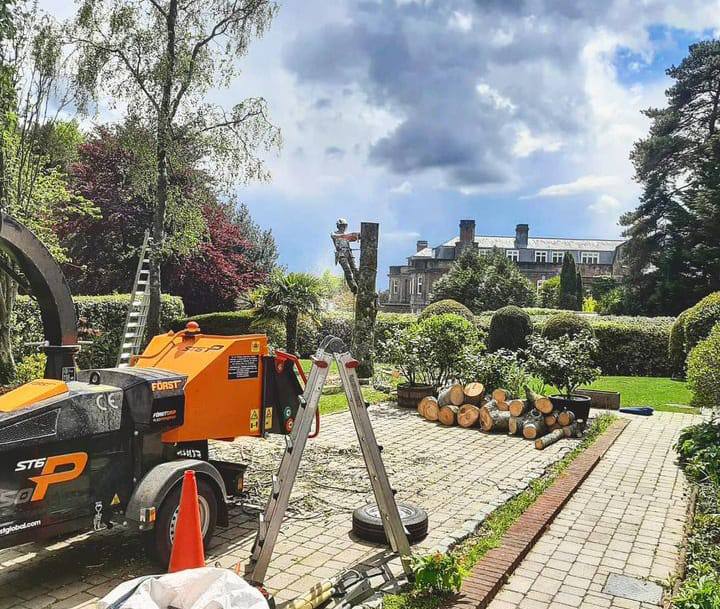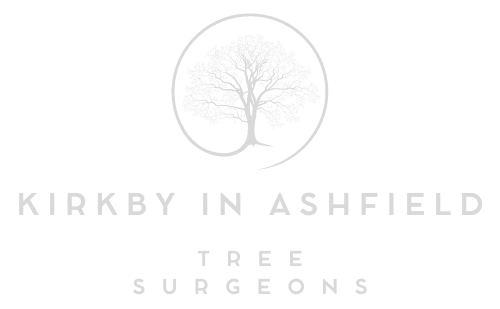Tree Crown Reduction: Tips for DIY Enthusiasts
Introduction: Tree crown reduction is beneficial for maintaining tree health and managing growth, but it requires careful planning and execution, especially when undertaking the task yourself. Here are essential tips for DIY enthusiasts considering tree crown reduction:
- Assess Tree Health and Size
Before starting any pruning:
- Assess the overall health and size of the tree.
- Ensure the tree is healthy and free from diseases or pests affecting its ability to recover from pruning.
- Consider the tree’s species and growth habits to determine the extent of reduction needed.
- Understand Crown Reduction Techniques
Familiarise yourself with crown reduction techniques. This involves selectively pruning branches to reduce the overall size of the crown while maintaining the tree’s natural shape and health. Avoid topping the tree, as this can lead to regrowth issues and compromise its structure.
- Use the Right Tools
Invest in quality pruning tools suitable for the job, such as pruning saws, loppers, and secateurs. Ensure they are sharp and well-maintained to make clean cuts that promote faster healing. Safety equipment like gloves, goggles, and a helmet are essential to protect yourself during the process.
- Plan the Reduction
Plan the reduction carefully to achieve your desired outcome. Start by identifying and marking branches to be pruned, focusing on removing crossing or rubbing branches, deadwood, and excessive growth. Pruning evenly around the crown maintains a balanced shape.
- Timing is Key
Choose the right time of year for crown reduction, typically during the tree’s dormant season in late autumn or winter. Avoid pruning during active growth or flowering periods to minimise tree stress and reduce the risk of disease.
- Prune Correctly
Make proper cuts outside the branch collar (the swollen area where the branch meets the trunk or larger branch). Avoid leaving stubs or cutting too close to the trunk, as this can lead to decay and other issues. Aim for clean, angled cuts that promote healing.
- Dispose of Debris Responsibly
Dispose of pruning debris responsibly. Consider recycling smaller branches as mulch or compost, or arrange for larger branches to be recycled or disposed of safely. Clearing debris promptly helps prevent disease and pest infestation.
- Monitor Tree Health
Monitor the tree’s health after pruning. Look for signs of stress, such as wilting leaves or dieback, and provide adequate water and nutrients if necessary. Consult a professional arborist for advice and assistance if you notice any issues.
Conclusion: When done correctly, DIY tree crown reduction can be a rewarding project. By assessing tree health, using proper techniques and tools, and following these tips, you can effectively manage tree growth and promote overall tree health in your garden or property.
Call us on: 01623 700 895
Click here to find out more about Kirkby in Ashfield Tree Surgeons
Click here to complete our contact form and see how we can help you with your tree’s needs.

